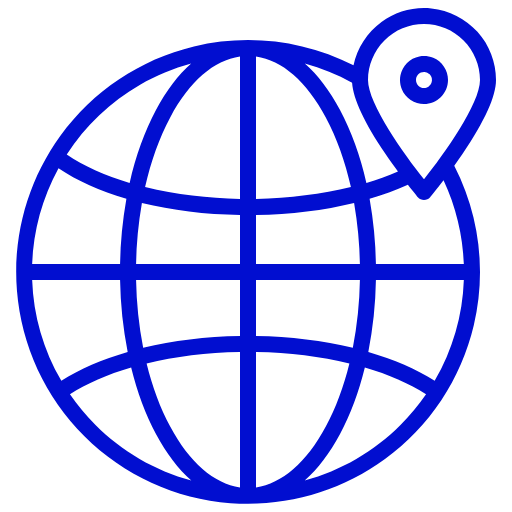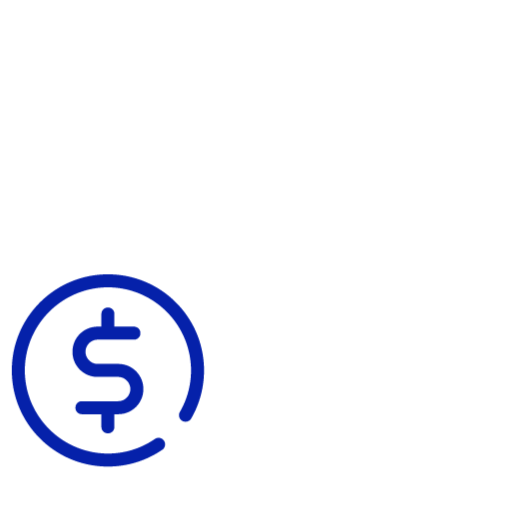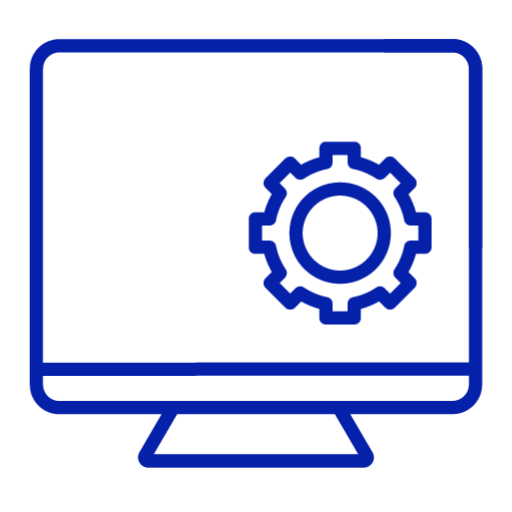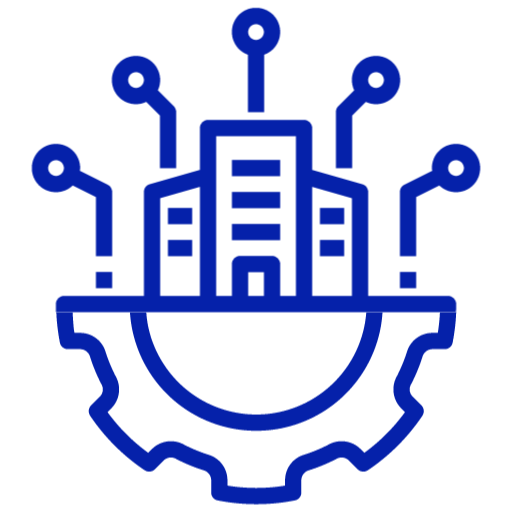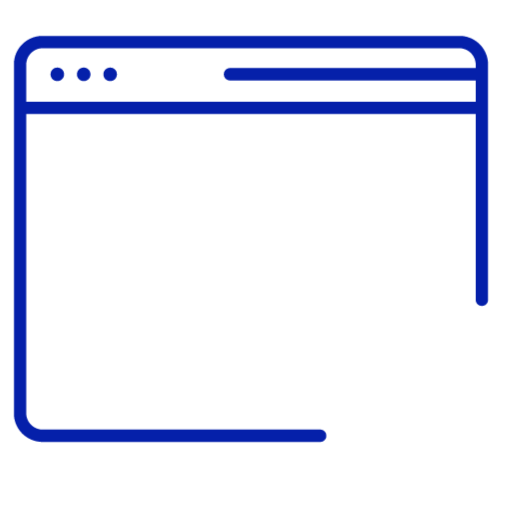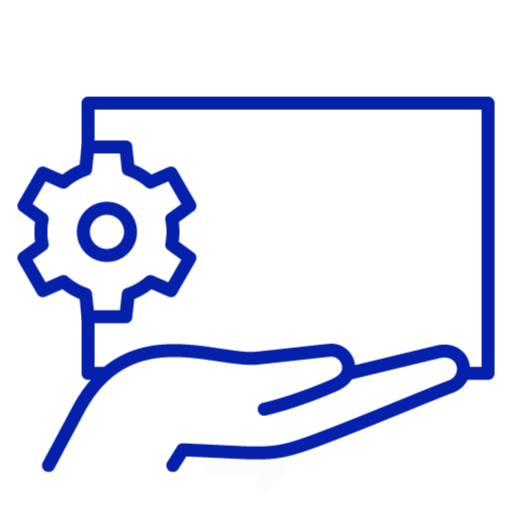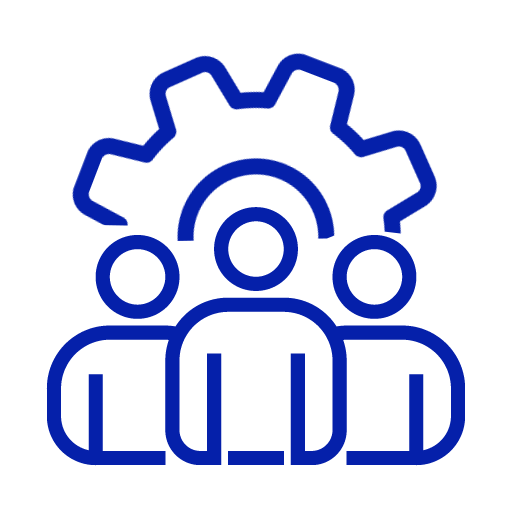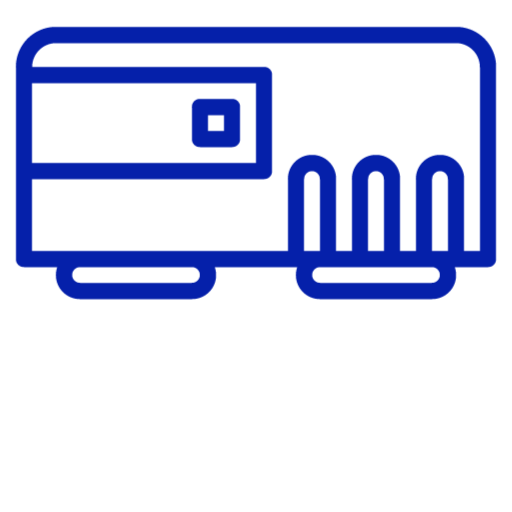
Change control is a critical process in regulated industries, such as pharmaceuticals, medical devices, and food and beverages. It involves managing changes to products, processes, and systems to ensure compliance with regulatory requirements and maintain product quality. However, implementing change control can be challenging, and this article outlines the common challenges faced by regulated industries.
What is Change Control?
Change control is a systematic process that ensures that all changes to a system, process, or product are properly assessed, approved, and implemented. In regulated industries, change control is particularly important because changes can have significant implications for patient safety, product quality, and regulatory compliance.
Challenges of Change Control in a Regulated Industry
- Stringent Regulations: Regulatory bodies impose strict guidelines for any changes made to products, processes, or systems. Navigating through these regulations and ensuring compliance can be complex and time-consuming.
- Documentation Requirements: Regulated industries typically require extensive documentation for any changes, including detailed change proposals, risk assessments, impact analyses, and validation documentation. Managing this documentation efficiently while adhering to regulatory standards can be challenging.
- Cross-functional Collaboration: Change control often involves multiple departments or teams within an organization, such as quality assurance, regulatory affairs, research and development, and production. Coordinating communication and collaboration among these diverse stakeholders can be challenging, particularly when they have different priorities or timelines.
- Risk Management: Assessing and managing the risks associated with proposed changes is essential in regulated industries to prevent adverse impacts on product quality, safety, or regulatory compliance. Identifying potential risks and implementing appropriate mitigation strategies require expertise and careful consideration.
- Timeliness and Efficiency: Regulated industries operate within tight timelines, and delays in implementing changes can have significant consequences, including regulatory non-compliance or production disruptions. Balancing the need for thoroughness with the imperative of timeliness is often a challenge in change control processes.
- Validation and Verification: Changes to regulated processes or systems often require validation or verification to ensure that they meet predefined requirements and specifications. Performing these activities effectively, especially for complex systems or processes, can be resource-intensive and time-consuming.
- Legacy Systems and Processes: Many regulated industries rely on legacy systems or processes that may not be easily adaptable to change. Introducing changes in such environments can be complicated and may require additional effort to ensure compatibility and continuity.
- Audits and Inspections: Regulated industries are subject to regular audits and inspections by regulatory agencies to ensure compliance with applicable standards and regulations. Maintaining accurate records and demonstrating adherence to change control procedures is essential for successful audits and inspections.
Best Practices for Overcoming Challenges
- Develop a Comprehensive Change Control Policy: Establish a clear and comprehensive change control policy that outlines the process for requesting, assessing, and approving changes.
- Involve Stakeholders: Engage stakeholders early and often to ensure that their interests and expectations are considered.
- Use Technology: Leverage technology to streamline the change control process, including automated workflows and reporting.
- Provide Training and Support: Provide training and support to employees to ensure that they understand the change control process and their role in it.
- Monitor and Evaluate: Continuously monitor and evaluate the change control process to identify areas for improvement and optimize the process.
- Foster a Culture of Continuous Improvement: Encourage a culture of continuous improvement, where employees are empowered to suggest and implement changes.
- Comply with Regulations: Ensure that the change control process complies with relevant regulations and standards.
Conclusion
Change control is a critical process in regulated industries, where compliance with regulations and standards is paramount. However, implementing and managing change control can be complex and challenging. By understanding the challenges of change control in a regulated industry and implementing best practices, organizations can ensure compliance with regulations, improve efficiency, and enhance patient safety and product quality.

